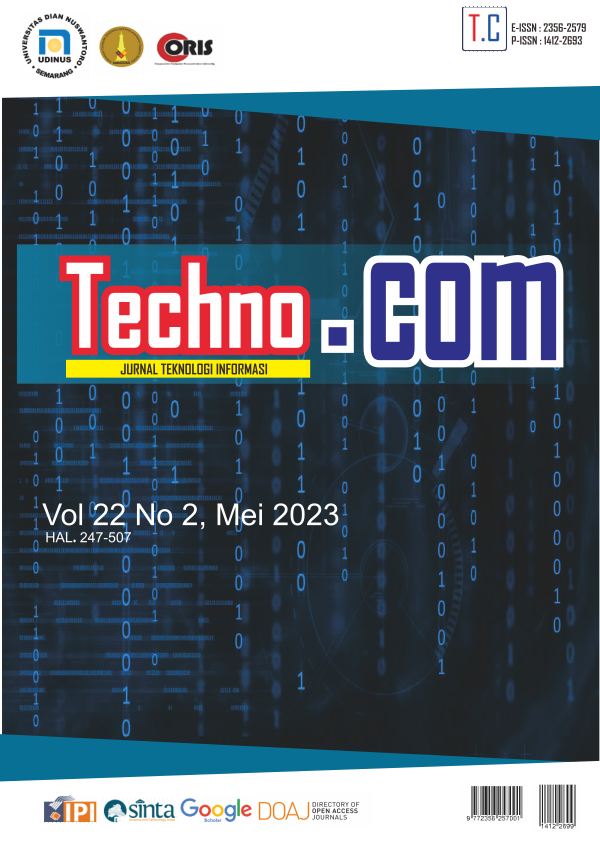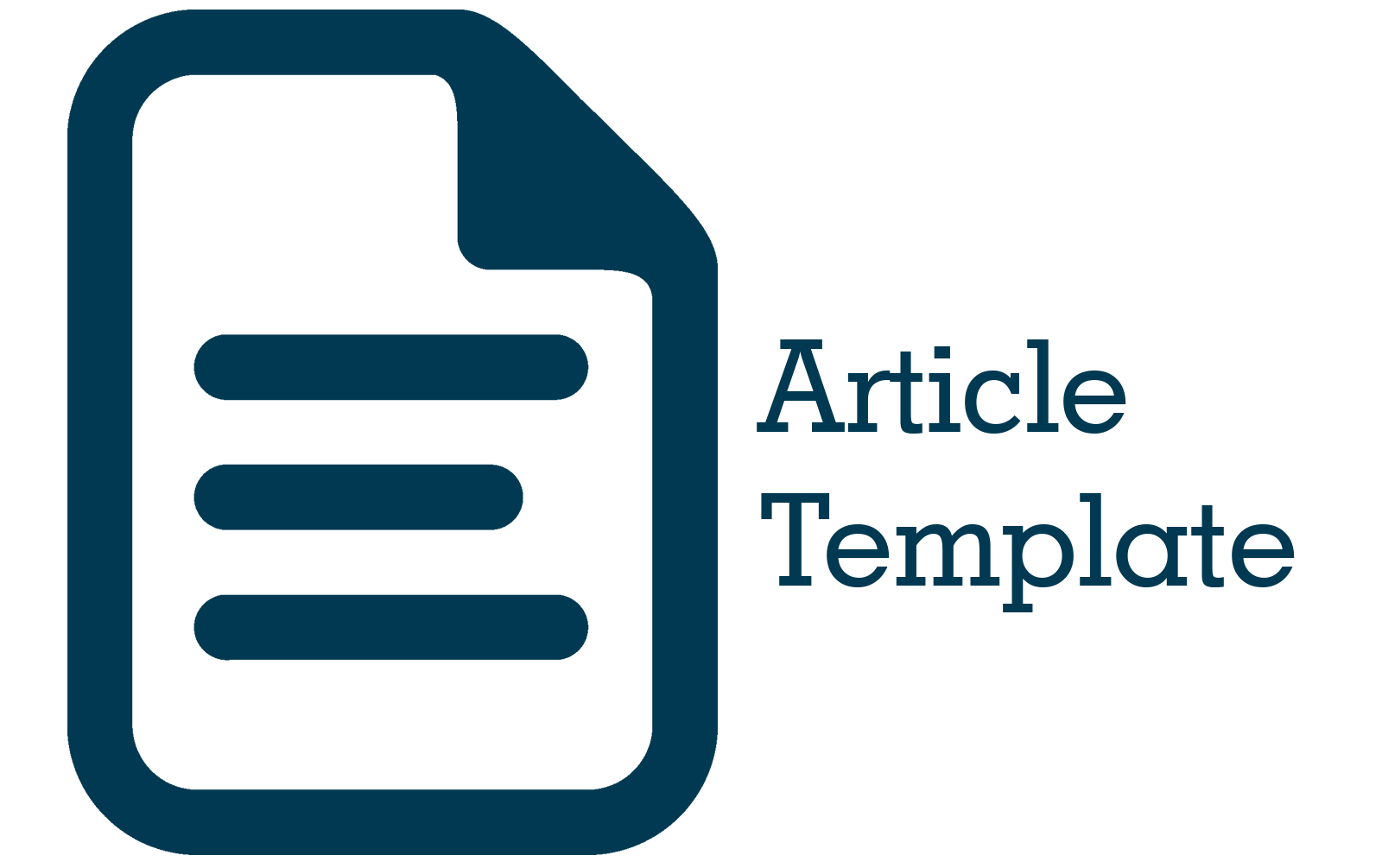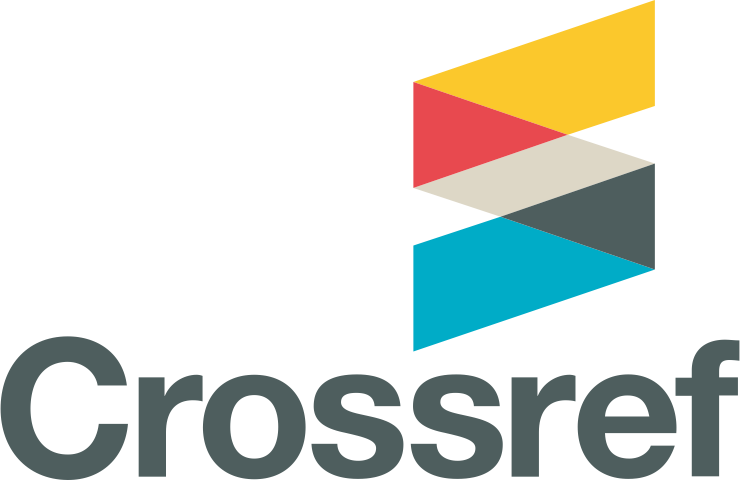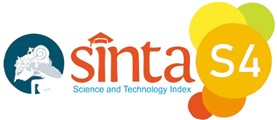Klasifikasi Tulisan Tangan Pada Resep Obat Menggunakan Convolutional Neural Network
DOI:
https://doi.org/10.33633/tc.v22i2.8075Keywords:
Resep, Obat, CNN, Preprocessing, Transfer LearningAbstract
Obat merupakan bahan kimia yang dapat merepresentasikan tubuh secara fisiologi dan psikologi ketika dikonsumsi. Obat sebagai alat bantu untuk menyembuhkan dari berbagai macam penyakit. Dengan berkembangnya zaman dan bertambahnya wawasan, menyebabkan bertambah juga jenis obat-obatan yang memiliki banyak manfaat dan kegunaanya. Penelitian ini bertujuan untuk mendeteksi nama obat dalam resep dokter menggunakan Convolutional Neural Network (CNN) dengan transfer learning. Metode transfer learning merupakan metode yang popular dalam mengklasifikasi gambar digital yang berguna untuk mempercepat proses klasifikasi. Penelitian ini membandingkan lima artistektur transfer learning yaitu VGG16, Resnet, Xception, LeNet, dan GoogleNet. Penelitian ini juga menggunakan grayscaling, resizing, dan median filter pada tahap preprocessing. Preprocessing digunakan untuk meningkatkan kualitas citra pada citra resep obat dan menghilangkan noise pada citra. ResNet-50 merupakan arsitektur terbaik untuk mengklasifikasi nama obat. Pada percobaan menggunakan ResNet-50, mendapatkan F1 score tertinggi yaitu sebesar 97,56% dan waktu training rata-rata 0,25 detik setiap epoch. Dapat disimpulkan Resnet merupakan arsitektur terbaik untuk mengklasifikasikan nama obat dalam citra resep dokter serta dapat mendeteksi nama obat secara akurat.References
R. Achkar, K. Ghayad, R. Haidar, S. Saleh, and R. Al Hajj, “Medical handwritten prescription recognition using CRNN,” CITS 2019 - Proceeding 2019 Int. Conf. Comput. Inf. Telecommun. Syst., Aug. 2019, doi: 10.1109/CITS.2019.8862004.
Arrahman, Purwanto, and P. Nurtantio, “Klasifikasi Nama Obat Tulisan Tangan Dokter dengan Metode GLCM dan Backpropagation Neural Network,” J. Teknol. Inf., vol. 12, pp. 123–134, 2016.
T. Jain, R. Sharma, and R. Malhotra, “Handwriting Recognition for Medical Prescriptions using a CNN-Bi-LSTM Model,” 2021 6th Int. Conf. Converg. Technol. I2CT 2021, Apr. 2021, doi: 10.1109/I2CT51068.2021.9418153.
E. Hassan, H. Tarek, M. Hazem, S. Bahnacy, L. Shaheen, and W. H. Elashmwai, “Medical Prescription Recognition using Machine Learning,” 2021 IEEE 11th Annu. Comput. Commun. Work. Conf. CCWC 2021, pp. 973–979, Jan. 2021, doi: 10.1109/CCWC51732.2021.9376141.
N. Palani and N. Sampath, “Detecting and Extracting Information of Medicines from a Medical Prescription Using Deep Learning and Computer Vision,” 2022 Int. Conf. Knowl. Eng. Commun. Syst., pp. 1–6, Dec. 2022, doi: 10.1109/ICKECS56523.2022.10060502.
C. Kanan and G. W. Cottrell, “Color-to-Grayscale: Does the Method Matter in Image Recognition?,” PLoS One, vol. 7, no. 1, p. e29740, Jan. 2012, doi: 10.1371/JOURNAL.PONE.0029740.
G. R. Arce and M. P. Mcloughlin, “Theoretical analysis of the max/median filter,” IEEE Trans. Acoust., vol. 35, no. 1, pp. 60–69, 1987, doi: 10.1109/TASSP.1987.1165036.
Y. S. Wang, C. L. Tai, O. Sorkine, and T. Y. Lee, “Optimized scale-and-stretch for image resizing,” ACM SIGGRAPH Asia 2008 Pap. SIGGRAPH Asia’08, 2008, doi: 10.1145/1457515.1409071.
U. Erkan, S. Engino?lu, D. N. H. Thanh, and L. M. Hieu, “Adaptive frequency median filter for the salt and pepper denoising problem,” IET Image Process., vol. 14, no. 7, pp. 1240–1247, 2020, doi: 10.1049/iet-ipr.2019.0398.
R. Saini, P. Semwal, and T. H. Jaware, “Brain Tumor Classification Using VGG-16 and MobileNetV2 Deep Learning Techniques on Magnetic Resonance Images (MRI),” pp. 300–313, 2023, doi: 10.1007/978-3-031-27609-5_24.
A. Victor Ikechukwu, S. Murali, R. Deepu, and R. C. Shivamurthy, “ResNet-50 vs VGG-19 vs training from scratch: A comparative analysis of the segmentation and classification of Pneumonia from chest X-ray images,” Glob. Transitions Proc., vol. 2, no. 2, pp. 375–381, Nov. 2021, doi: 10.1016/J.GLTP.2021.08.027.
Y. Lecun, L. Bottou, Y. Bengio, and P. Ha, “LeNet,” Proc. IEEE, no. November, pp. 1–46, 1998.
F. Chollet, “XCeption: Deep Learning with Depthwise Separable Convolutions,” Comput. Vis. Found., 2016, doi: 10.4271/2014-01-0975.
C. Szegedy et al., “Going deeper with convolutions,” Proc. IEEE Comput. Soc. Conf. Comput. Vis. Pattern Recognit., vol. 07-12-June, pp. 1–9, 2015, doi: 10.1109/CVPR.2015.7298594.
R. Anand, T. Shanthi, M. S. Nithish, and S. Lakshman, “Face Recognition and Classification Using GoogleNET Architecture,” Adv. Intell. Syst. Comput., vol. 1048, pp. 261–269, 2020, doi: 10.1007/978-981-15-0035-0_20/COVER.
Downloads
Published
Issue
Section
License
Copyright (c) 2023 Mohammad Farid Naufal

This work is licensed under a Creative Commons Attribution-NonCommercial 4.0 International License.
License Terms
All articles published in Techno.COM Journal are licensed under the Creative Commons Attribution-NonCommercial 4.0 International (CC BY-NC 4.0). This means:
1. Attribution
Readers and users are free to:
-
Share – Copy and redistribute the material in any medium or format.
-
Adapt – Remix, transform, and build upon the material.
As long as proper credit is given to the original work by citing the author(s) and the journal.
2. Non-Commercial Use
-
The material cannot be used for commercial purposes.
-
Commercial use includes selling the content, using it in commercial advertising, or integrating it into products/services for profit.
3. Rights of Authors
-
Authors retain copyright and grant Techno.COM Journal the right to publish the article.
-
Authors can distribute their work (e.g., in institutional repositories or personal websites) with proper acknowledgment of the journal.
4. No Additional Restrictions
-
The journal cannot apply legal terms or technological measures that restrict others from using the material in ways allowed by the license.
5. Disclaimer
-
The journal is not responsible for how the published content is used by third parties.
-
The opinions expressed in the articles are solely those of the authors.
For more details, visit the Creative Commons License Page:
? https://creativecommons.org/licenses/by-nc/4.0/
















